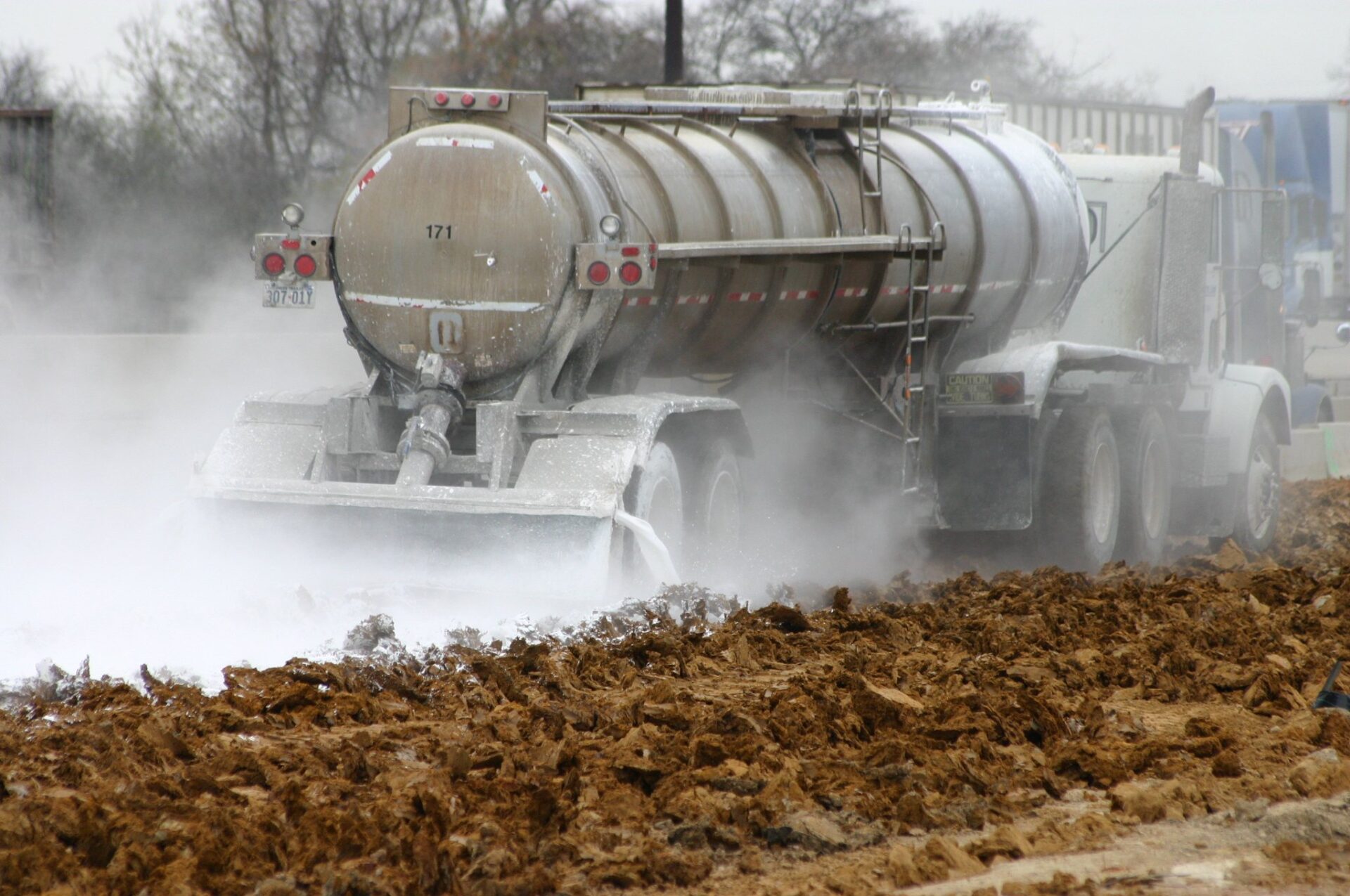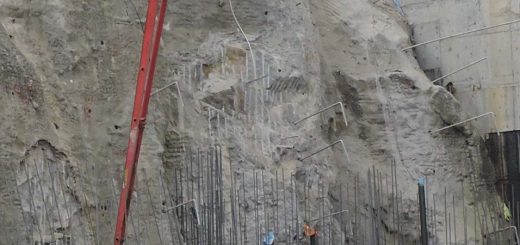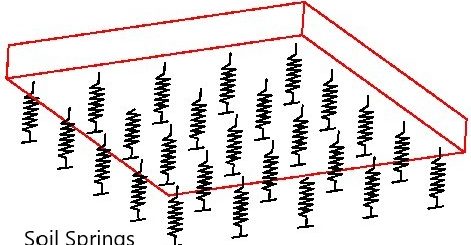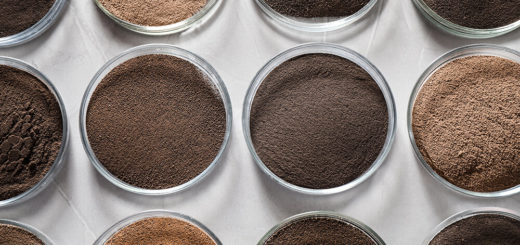Soil Bearing Capacity: Understanding its Role in Construction
Soil bearing capacity is a crucial factor that engineers and construction professionals consider when planning and designing structures. Understanding the capacity of soil to support the loads imposed by buildings and other structures is essential for ensuring their stability, safety, and long-term durability. In this article, we will delve into the concept of soil bearing capacity, its significance in construction, factors affecting it, methods of determination, design considerations, and ways to enhance it.
When constructing any building or structure, the foundation serves as the crucial element that transfers the loads from the superstructure to the underlying soil. Soil bearing capacity refers to the maximum pressure that the soil can withstand without experiencing excessive settlement or failure. It is an indicator of the soil’s ability to support the applied loads.
What is Soil Bearing Capacity
Soil bearing capacity, often referred to as simply bearing capacity, is a measure of the load-carrying capacity of soil. It determines the maximum allowable load that can be applied to the soil without causing significant settlements or foundation failure. The bearing capacity of soil varies depending on its characteristics and the specific conditions at the construction site.
The soil bearing capacity plays a vital role in ensuring the stability and longevity of structures. Building on a soil with insufficient bearing capacity can lead to various problems, including excessive settlements, differential settlements, structural damage, and even collapse. By understanding the soil’s bearing capacity, engineers can design appropriate foundations and make informed decisions regarding construction materials and structural load distribution.
Factors Affecting Soil Bearing Capacity
Several factors influence the bearing capacity of soil. It is crucial to consider these factors during the design and construction phases to ensure a safe and stable structure. The following are the key factors affecting soil bearing capacity:
- Soil Type and Composition
Different soil types have varying bearing capacities. Cohesive soils, such as clay, generally have lower bearing capacities compared to granular soils, like sand and gravel. The soil composition, including its particle size distribution and compaction characteristics, affects its load-bearing capacity.
- Moisture Content
The moisture content of the soil significantly influences its bearing capacity. High moisture content reduces the soil’s strength and load-carrying capacity. It is important to consider the water content and drainage characteristics of the soil during construction.
- Compaction
Proper compaction of the soil increases its bearing capacity. Compaction removes air voids and increases the density of the soil, making it more resistant to settlements and deformation. Adequate compaction techniques shall be used as required during the construction.
- Depth of Foundation
The depth of the foundation is an important factor in determining soil bearing capacity. Deeper foundations can reach stronger soil layers with higher bearing capacities, providing better support for the structure. The depth of the foundation depends on various factors, including the soil type, structural load, and local geotechnical conditions.
- Structural Load
The magnitude and distribution of the structural load have a direct impact on soil bearing capacity. Heavier loads require stronger and more stable foundations. Understanding the expected loads and their distribution helps engineers design appropriate foundation systems to ensure structural integrity.
Determining Soil Bearing Capacity
Accurately determining the soil bearing capacity is crucial for designing safe and reliable structures. Engineers employ various methods to assess the bearing capacity of soil, including laboratory tests and in-situ tests.
- Laboratory Tests
Laboratory tests involve analyzing soil samples to determine their strength and bearing capacity. These tests include triaxial tests, unconfined compression tests, and direct shear tests. The results provide valuable information for understanding the soil’s behavior under different loading conditions.
- In-Situ Tests
In-situ tests are conducted directly at the construction site to evaluate the soil’s bearing capacity. Common in-situ tests include the Standard Penetration Test (SPT), Cone Penetration Test (CPT), and Plate Load Test. These tests provide real-time data about the soil’s properties and load-carrying capacity, enabling engineers to make informed decisions during construction.
Understanding Soil Bearing Capacity Values
Different values related to soil bearing capacity are used in engineering practice. It’s important to understand these values and their significance for designing foundations and structures.
Safe Bearing Capacity
The safe bearing capacity represents the maximum pressure the soil can sustain without causing excessive settlements or failures. It ensures the stability of the structure during its design life. Engineers consider factors of safety when determining the safe bearing capacity to account for uncertainties and variations in soil behavior.
Allowable Bearing Pressure
The allowable bearing pressure is a conservative value used in the design process. It considers additional safety factors beyond the safe bearing capacity to ensure the long-term performance and durability of the structure. The allowable bearing pressure accounts for factors such as construction tolerances, future loads, and potential changes in soil conditions.
Ultimate Bearing Capacity
The ultimate bearing capacity is the maximum pressure the soil can withstand before failure occurs. It represents the limit state of the soil and is typically determined through laboratory tests. Engineers use the ultimate bearing capacity as a reference to assess the safety and stability of the structure.
Design Considerations Based on Soil Bearing Capacity
Designing structures based on the soil bearing capacity is crucial for ensuring their stability and longevity. Engineers take several considerations into account when utilizing the information on soil bearing capacity.
Foundation Design
The foundation design is directly influenced by the soil bearing capacity. Engineers design foundations that distribute the structural loads efficiently to the underlying soil while considering factors such as settlement control and load-bearing capacity. Various foundation types, such as shallow foundations, deep foundations, and pile foundations, are employed based on the soil conditions and bearing capacity.
Selection of Construction Materials
The soil bearing capacity affects the selection of construction materials. Structures built on soils with lower bearing capacities require additional reinforcement and stability measures. Engineers consider the strength and compatibility of construction materials to ensure they can withstand the anticipated loads and support the structure adequately.
Structural Load Distribution
Proper load distribution is crucial for maintaining the stability of the structure. By understanding the soil bearing capacity, engineers can design load-bearing elements and distribute the structural loads appropriately. This helps prevent localized settlements, differential settlements, and uneven stress distribution, which can compromise the structure’s integrity.
Enhancing Soil Bearing Capacity
In some cases, the soil at a construction site may have insufficient bearing capacity to support the intended loads. In such situations, engineers employ various techniques to enhance the soil’s bearing capacity and ensure the stability of the structure.
- Soil Stabilization Techniques
Soil stabilization techniques involve modifying the properties of the soil to increase its load-bearing capacity. This can be achieved through methods such as soil compaction, chemical stabilization, and soil reinforcement. Compaction increases the density of the soil, improving its strength and load-bearing capacity. Chemical stabilization involves the addition of stabilizing agents to improve the soil’s properties. Soil reinforcement techniques, such as the use of geosynthetics or geogrids, enhance the soil’s tensile strength and stability.
- Grouting and Ground Improvement Methods
Grouting and ground improvement methods are used when the soil requires significant improvement in its load-bearing capacity. Grouting involves injecting materials such as cement, lime, or chemicals into the soil to fill voids, improve soil cohesion, and increase strength. Ground improvement methods, such as deep soil mixing or stone columns, enhance the soil’s properties through mechanical means. These techniques are particularly useful in areas with weak or unstable soils.
Given the critical role soil bearing capacity plays in construction, it is essential to seek professional geotechnical assessment and guidance. Geotechnical engineers have the expertise to evaluate the soil conditions, conduct appropriate tests, and provide recommendations for foundation design and construction methods. Their assessments ensure the safety, stability, and long-term performance of structures.
Soil bearing capacity is a fundamental aspect of construction that directly impacts the stability and durability of structures. By understanding the soil’s load-carrying capacity and considering factors that affect it, engineers can design safe and reliable foundations. Determining the soil bearing capacity through laboratory and in-situ tests enables informed decision-making during construction. When necessary, soil stabilization techniques and ground improvement methods can enhance the soil’s load-bearing capacity. Professional geotechnical assessment is vital to ensure the appropriate design and construction practices are followed for optimal structural performance.
FAQs
- What is the significance of soil bearing capacity in construction? Soil bearing capacity determines the maximum load a soil can support without failure or excessive settlements, ensuring the stability and safety of structures.
- How is soil bearing capacity determined? Soil bearing capacity is determined through laboratory tests on soil samples and in-situ tests conducted at the construction site.
- Can soil bearing capacity be improved? Yes, soil bearing capacity can be improved through techniques such as soil stabilization, grouting, and ground improvement methods.
- What are the design considerations based on soil bearing capacity? Design considerations include selecting appropriate foundation types, choosing suitable construction materials, and ensuring proper load distribution.
- Why is professional geotechnical assessment important? Professional geotechnical assessment ensures accurate evaluation of soil conditions, proper foundation design, and adherence to construction best practices for safe and reliable structures.





